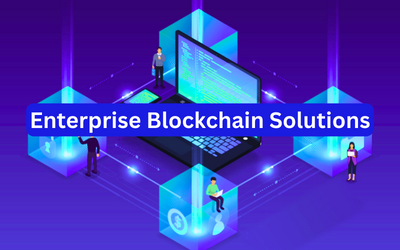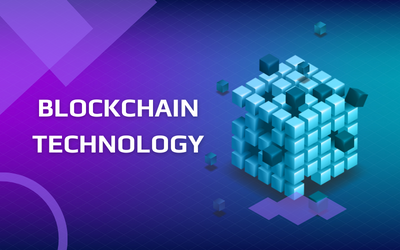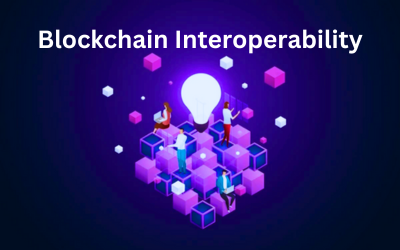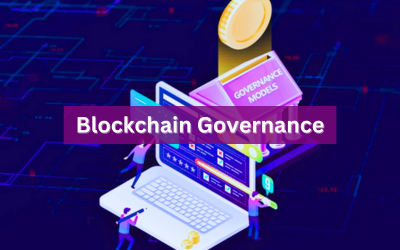Course description
Introduction
Embark on a transformative journey into the realm of enterprise blockchain solutions. This comprehensive course will equip you with the knowledge and skills to harness the potential of distributed ledger technology for business innovation.
Understanding Enterprise Blockchain
Introduction to Blockchain Technology
Explore the foundational concepts of blockchain technology and how it differs from traditional databases.
Use Cases for Enterprises
Examine real-world use cases where blockchain solutions bring efficiency, transparency, and security to enterprise operations.
Types of Enterprise Blockchains
Public vs. Private Blockchains
Distinguish between public and private blockchains, understanding their respective advantages and challenges for enterprise applications.
Permissioned Blockchains
Delve into the concept of permissioned blockchains, exploring how access control enhances security and privacy in enterprise settings.
Implementing Enterprise Blockchain Solutions
Choosing the Right Blockchain Platform
Evaluate leading enterprise blockchain platforms like Hyperledger Fabric, Ethereum Enterprise, and Corda to determine the best fit for specific business needs.
Integration with Existing Systems
Learn strategies for seamless integration of blockchain solutions with existing enterprise systems, ensuring a cohesive and efficient infrastructure.
Smart Contracts in Enterprise Settings
Introduction to Smart Contracts
Understand the role of smart contracts in automating and executing business processes on the blockchain.
Designing Effective Smart Contracts
Gain insights into best practices for designing smart contracts that meet the unique requirements of enterprise applications.
Security and Governance in Enterprise Blockchains
Ensuring Security
Explore security measures and best practices specific to enterprise blockchain solutions, safeguarding sensitive data and transactions.
Governance Models
Understand the importance of governance in enterprise blockchains and explore different models for effective decision-making and control.
Real-world Case Studies
Successful Implementations
Analyze case studies of enterprises successfully implementing blockchain solutions, extracting valuable lessons and insights.
Challenges and Solutions
Examine challenges faced by enterprises in adopting blockchain and explore innovative solutions to overcome these obstacles.
Future Trends in Enterprise Blockchain
Integration with Emerging Technologies
Explore how enterprise blockchain solutions are integrating with emerging technologies like AI, IoT, and 5G for enhanced capabilities.
The Evolution of Enterprise Blockchain
Discuss future trends shaping the evolution of enterprise blockchain, including scalability solutions, interoperability, and regulatory developments.














